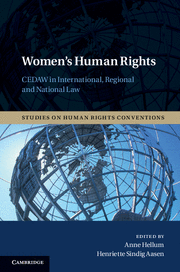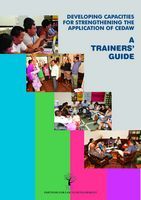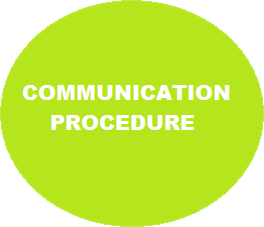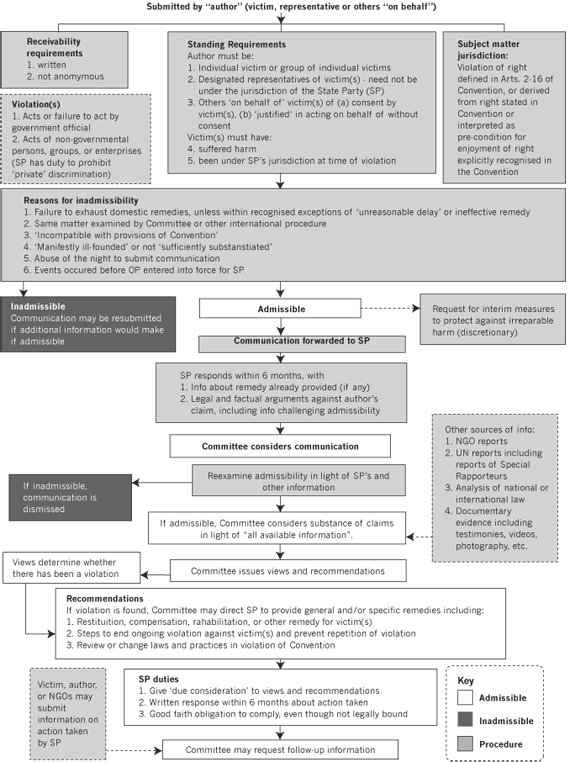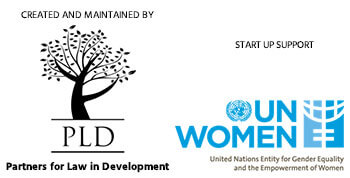Communication Procedure (OP-CEDAW)
Communication Procedure
The communications procedure is a mechanism through which an individual or a group of individuals from within the jurisdiction of a state party to the CEDAW Convention and the OP-CEDAW can bring an alleged violation of the CEDAW Convention to the attention of the CEDAW Committee.
The communications procedure is a mechanism designed for use by an individual or a group of individuals seeking redress for a specific violation(s) resulting from an act or omission by a state party. By ratifying or acceding to the OP-CEDAW, a state acknowledges the competence of the CEDAW Committee to provide views and recommendations regarding written communications alleging violations of rights set out in the CEDAW Convention.
The communications procedure offers the individual an opportunity to access and claim rights guaranteed at the international level, which have not been implemented or are not enforceable domestically. The communications procedure differs from the other CEDAW procedures (such as the consideration of the reports of state parties and even the inquiry procedure) in that, rather than addressing the overall advancement of women within a country, it applies to particular violations of individual rights. In this way, it reflects the similar communications procedures of the Convention against Torture (CAT), the International Covenant on Civil and Political Rights (ICCPR), and the Convention on the Elimination of Racial Discrimination (CERD). The communications procedure is established in Articles 1–7 of the OP-CEDAW. The proceedings for the consideration of communications can be found in Section XVI of the Rules of Procedure [Rules 56 to 75].
The Communications Procedure
-
- Provides an opportunity for specific redress in individual cases when a state violates women’s human rights;
- Provides the possibility of international redress for women who have been denied access to justice at the national level;
- Allows the CEDAW Committee to highlight the need for more effective remedies at the national level;
- Allows the CEDAW Committee to develop a new body of jurisprudence on guaranteeing women’s human rights;
- Assists States parties in determining the content of their obligations under the CEDAW Convention and thus assists them in meeting those obligations.
The Communication Chart
(Source: IWRAW-AP)


